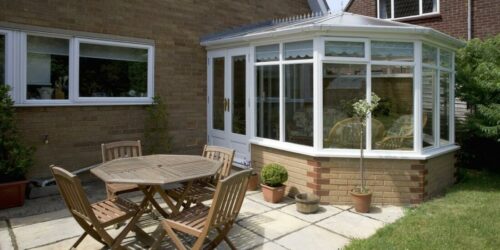How Much Value Does a Conservatory Add to Your Home?
- How much value does conservatories add?
- What should you consider in planning?
- Associated costs
If you’re thinking about adding value to your home, a conservatory is a great way to do this. By itself, it gives you extra room that can be used for a whole multitudes of reasons. They can also be made in plenty of different ways, which can cater towards your tastes and needs. While you can add a relatively small conservatory quickly and cheaply, if you’re looking to add value to your home, this won’t be as useful for prospective buyers.
This article will look at what you need to consider about conservatories when looking to increase your home value, whether planning permission is required and how much value they can really add to your house. Does a conservatory add value to your home? If constructed well, it does.
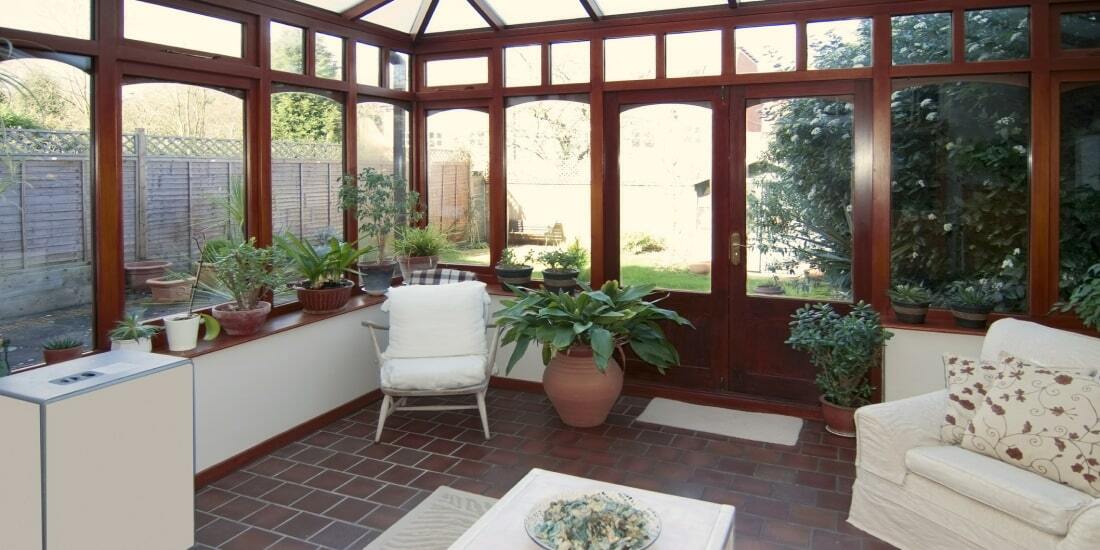
What's On This Page?
Click the links below and head straight to a specific section of the article.
Is Planning Permission Required for a Conservatory?
Usually, you don’t need planning permission when you build a conservatory. This is because they are generally smaller buildings that are allowed under the rules of permitted developments. This almost sounds too good to be true: add value to your home without needing planning permission.
There are a few factors that will affect whether you need to seek planning permission with a conservatory. Depending on the size, you might need to apply for building regulations as well.
Generally, a conservatory is a permitted development as long as:
No more than half of the land around the existing building is extended into
It doesn’t face onto a road
It isn’t higher than the existing roof
It isn’t more than a single storey, or 4 metres tall. If it’s built within 2 metres of the boundary, it must be 3 metres or less
It isn’t wider than half the width of the house
Building regulations will not apply to conservatories if:
It is less than 30 metres squared
It is separated from the main property by an external wall or door
New Conservatory Considerations
Besides the building regulations, it’s worth thinking about how much you’ll want to spend. Generally, cheaply priced conservatories can be more of an issue in the long run as they can be more susceptible to damage, wear and tear and will cost more in upkeep over the years. If damage is irreparable, this would have the potential to reduce the value of your home. To an extent, the more money you’re willing to put into your conservatory, the more value you can add to your home.
Garden space is a highly desirable feature of a new home, and if you’re thinking of adding a conservatory that will take away too much of this natural space, it can put buyers off. A conservatory should complement both the house and the garden, without compromising on space. While you can apply for planning permission and build an enormous conservatory that gives you much more room in your house, the huge loss of garden space would be more detrimental.
You should also take heed that your conservatory should complement your house. It needs to look as natural as possible, without seeming like an afterthought. Harsh or too contrasting building materials can have the opposite effect as buyers would be more likely to tear it down than keep it. A glass roof can maximise natural sunlight, while a tiled roof can blend more with the house and offer better heat retention. The style you choose can be as versatile as you need it to be.
Planning permission may need to be sought if you require a bigger conservatory and have the free space to do so. It also depends heavily on which direction it should face. If you have a south facing garden, a conservatory here can benefit most from natural light throughout the day. An east or west facing conservatory can make use of light in the morning or evening, so you have options depending on how your house sits.
The choice of materials is also crucial. Timber may be the preferred look for some, but it comes with increased maintenance as well as a much higher buying price. uPVC can be the cheapest option and aluminium is the next step up. The frames shouldn’t look out of place, so if brick needs to be used, don’t compromise on quality for the sake of an initial cost. The value you’ll add to your home will be more worthwhile. This goes the same for your choice of door. Bi-folds and French doors are popular choices and come with different price tags, but the right material can add the best impression.
See our guide to getting a conservatory for all the information to consider before installation.
How Much Will a New Conservatory Cost?
Conservatories are incredibly bespoke and come in all different shapes and sizes, materials and designs, which all affect their price. The average cost can be anywhere between £5,000 and £20,000, but this can easily be much more if premium materials are used. A lean-to conservatory will be the cheapest option, as will uPVC, but aluminium and timber will increase how much you pay for your conservatory. Timber might also need to be treated from time to time, which increased maintenance costs.
Does a Conservatory Add Value to a Home?
A conservatory is an incredibly versatile space that gives you plenty of room. It’s flexible enough that you can change how it’s used as and when you need to. Families looking for new homes tend to look out for an additional reception room or a dining room, which a conservatory can easily serve as. As long as you’re catering to the demand, conservatories can easily add the value you wish.
Typically, a well-built conservatory is capable of adding 5-10% to a home’s value. The way to maximise how much this can increase is by being considerate of how it’s built in the first place. Optimising improvements using quality materials is one way. Thinking about glazing is another. You can opt for double or triple glazing, which will put the price up, but offer better energy efficiency and reduce noise pollution. Glass can always be coated or treated to help avoid heat gain in the summer and heat loss in the winter. Rather than just throwing a conservatory up, careful planning for one that’s well-built will give you a much better return.
You should also think about heating. If it’s going to be a purpose built-room, having a heated conservatory can increase the desirability of a home. You are able to add heating to conservatories without planning permission, but it needs to be separate from your home and will need to meet regulations on heating efficiency. Effectively, by doing all the hard work that another buyer might need to do, you can add a premium to your house.
Finally, the last consideration should be about ventilation. At least some of the windows should be openable or vents installed to allow for passive ventilation. A little thought will go a long way. While conservatories can easily increase the appeal to potential buyers, they are more affordable and less hassle than an extension.
Related articles
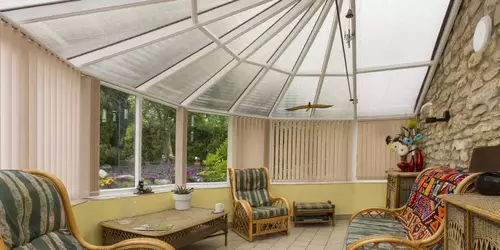
Why Consider Conservatory Roof Blinds

Top Benefits of a New Conservatory
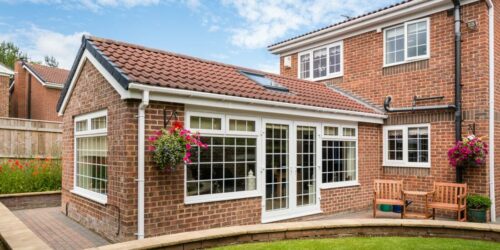
Conservatory vs Orangery: How to Decide What’s Right for You
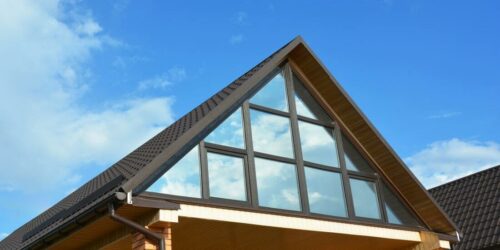
Conservatory Roof Replacement Costs 2024
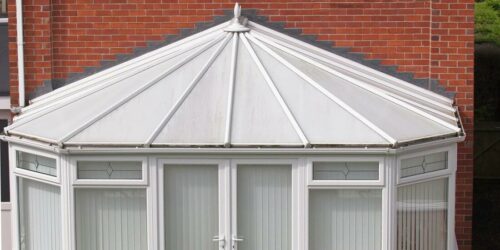
The Best Conservatory Roofs in 2024
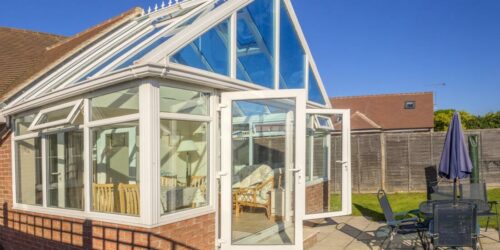
Conservatory Prices UK - How Much a New Conservatory Costs in 2024
